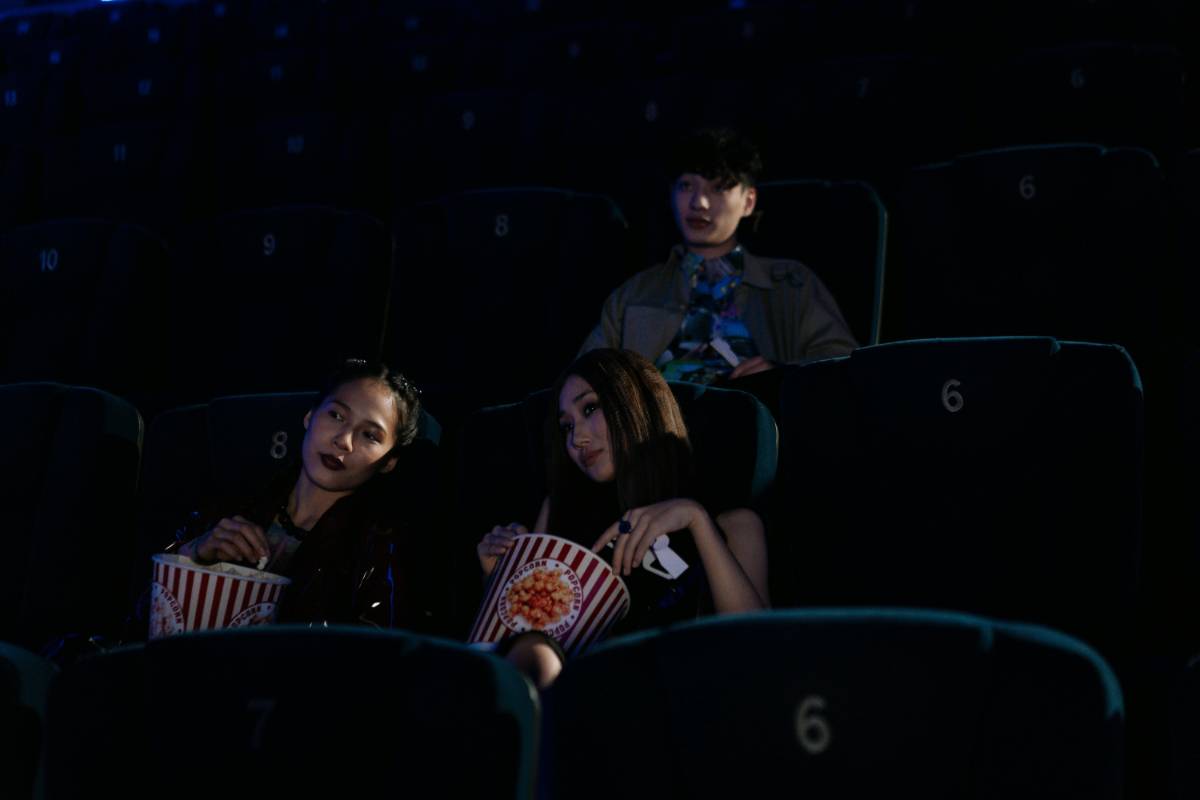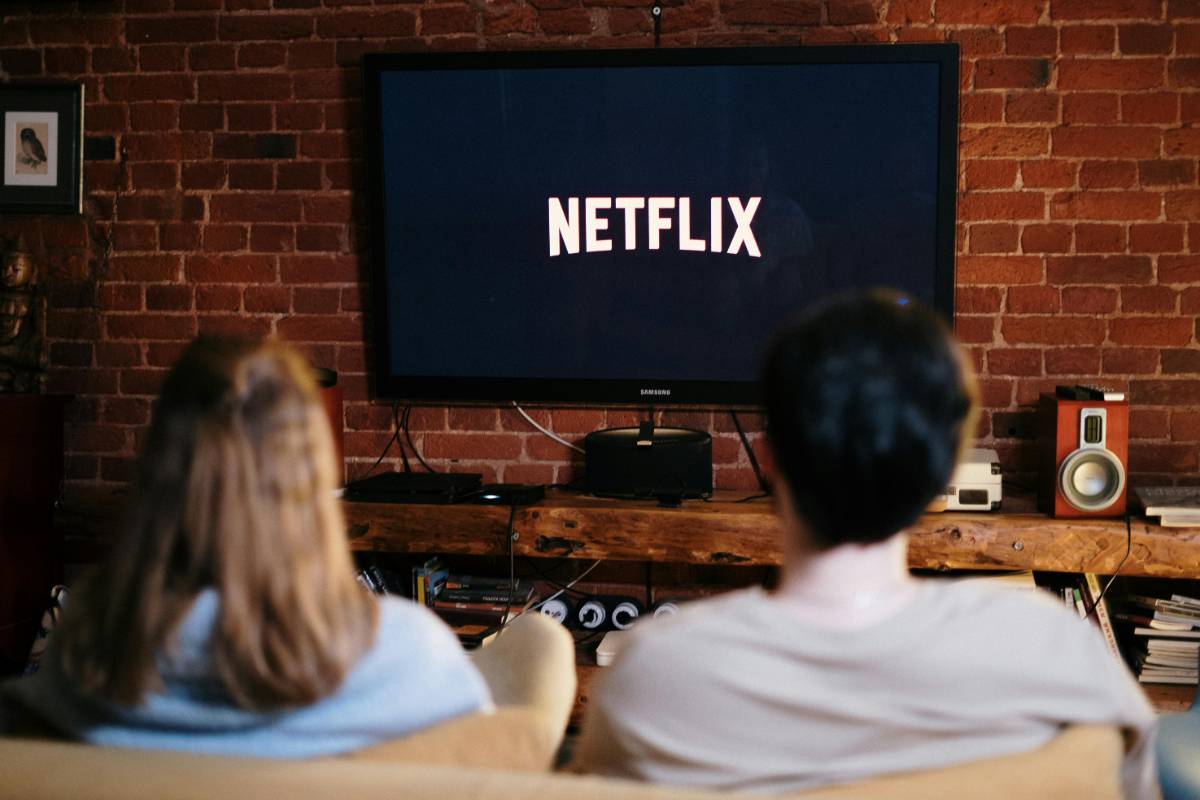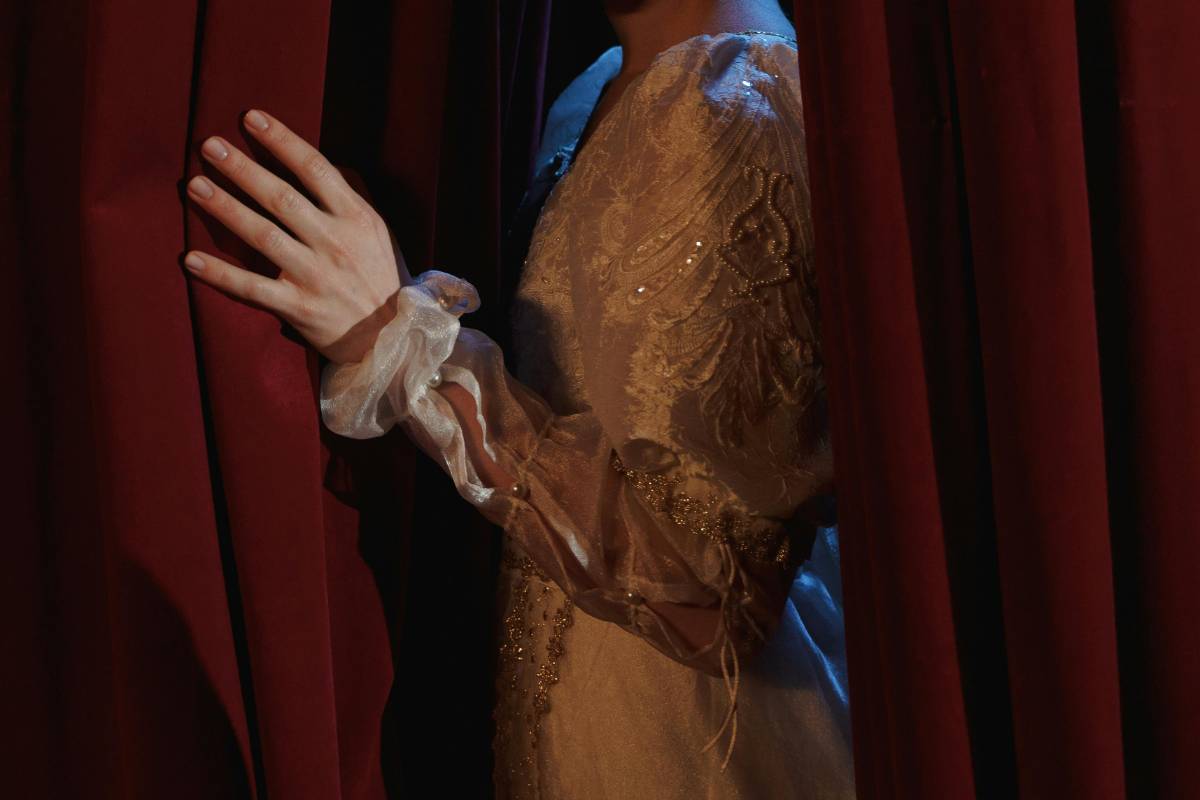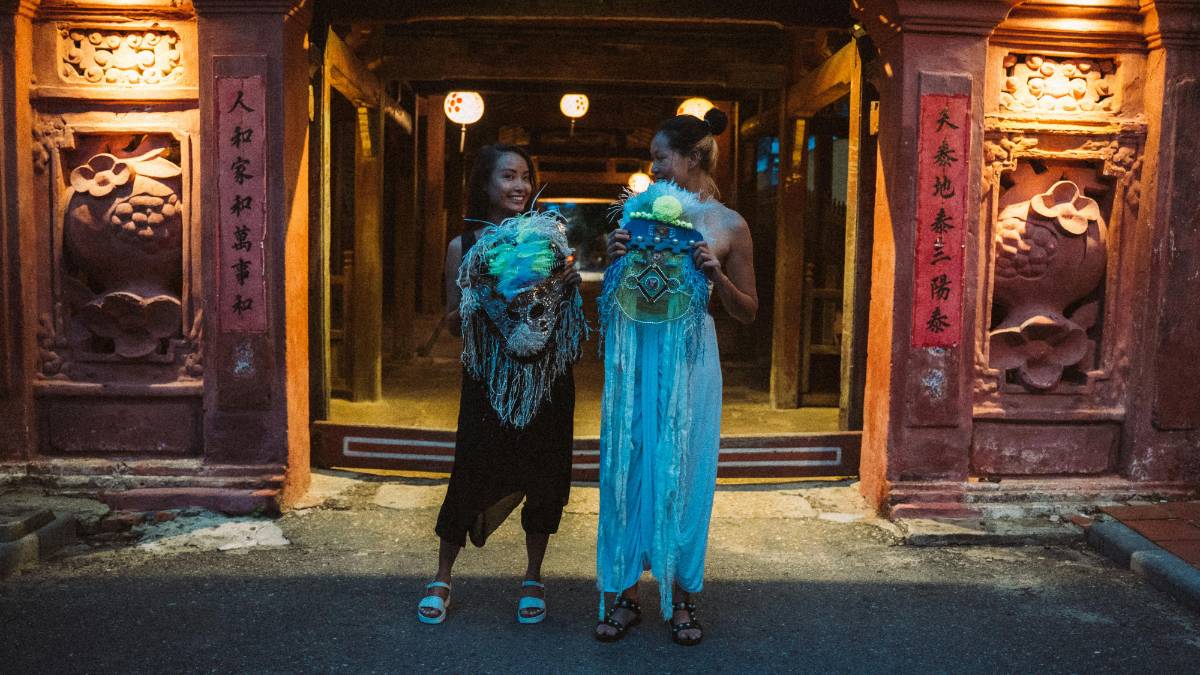Hollywood’s Approach to Storytelling in the Digital Age
03 Oct 2025
Read Time: 7 min read
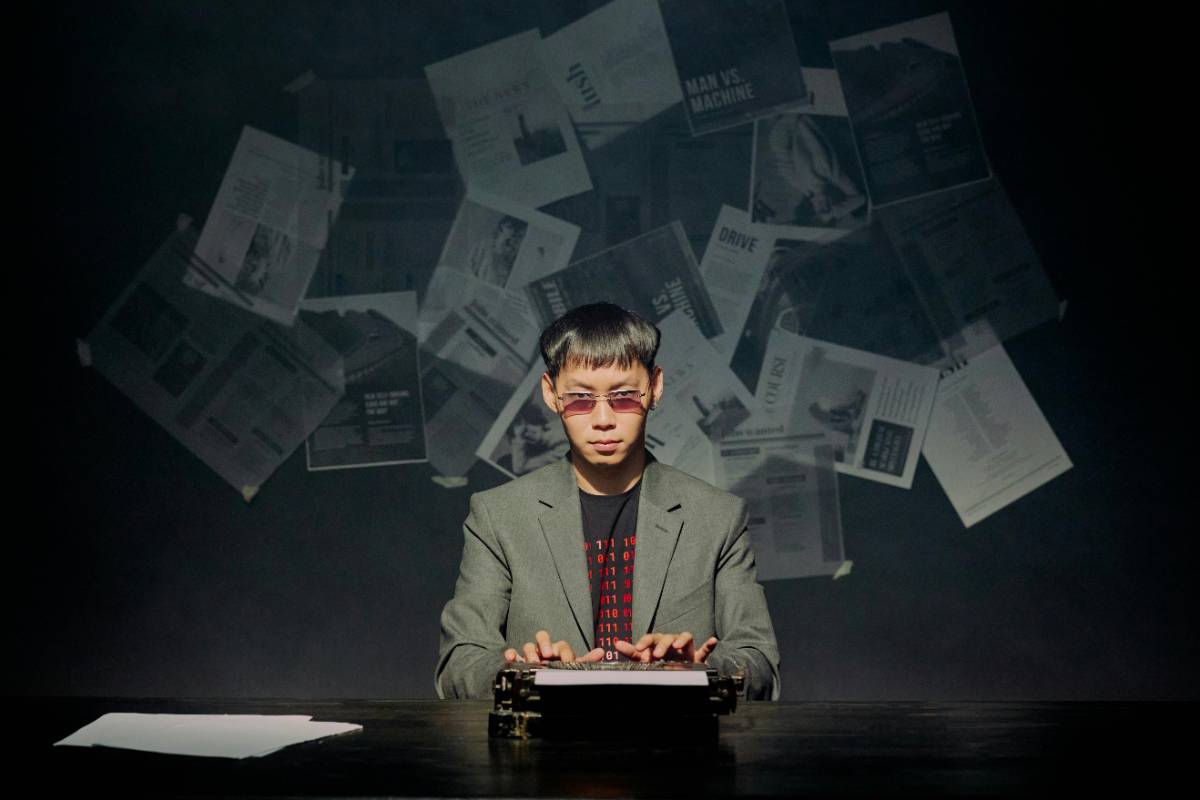
In the digital age, the way stories are told in Hollywood has dramatically shifted. Traditional filmmaking methods are being enhanced, challenged, and sometimes replaced by digital technologies, altering not only the way films are produced but also how they are consumed. From streaming platforms and digital special effects to social media marketing, the industry has had to adapt to a rapidly changing landscape. This article explores how Hollywood is navigating the evolving world of storytelling, how digital technologies are reshaping the narrative process, and what it means for the future of cinema.
 The Rise of Digital Filmmaking
The Rise of Digital FilmmakingOne of the most profound changes in Hollywood over the past two decades has been the rise of digital filmmaking. The shift from traditional film stock to digital cameras has revolutionized how movies are made. Filmmakers can now shoot with greater flexibility, for less cost, and with more convenience. Digital cameras allow for higher resolution, faster editing, and more control over post-production processes, such as color correction and visual effects.
In fact, the digital revolution has led to a democratization of filmmaking. With affordable digital cameras and editing software, aspiring filmmakers can create movies that rival big-budget productions. This has also changed the narrative possibilities available to filmmakers, allowing for more experimental and innovative storytelling techniques. Digital tools also facilitate rapid prototyping of ideas, making it easier to experiment with different takes, effects, and scenes without the constraints of film stock or time-limited shooting schedules.
Streaming Platforms and Changing Storytelling StructuresThe rise of streaming platforms such as Netflix, Hulu, and Amazon Prime Video has fundamentally altered how Hollywood approaches storytelling. With the increasing dominance of digital streaming, Hollywood is now able to reach global audiences with unprecedented ease. However, the way content is consumed has also had a major impact on how stories are structured.
In contrast to traditional film releases, where audiences are expected to experience a film in one sitting, streaming platforms allow viewers to watch movies and TV shows at their own pace, often binge-watching entire seasons at a time. This has given rise to a new era of storytelling, with long-form narratives and multi-season arcs becoming increasingly popular. TV series like "Breaking Bad" and "Stranger Things" have pushed the boundaries of storytelling, taking advantage of the time and space offered by digital platforms to craft complex, serialized stories that unfold over time.
Streaming services also offer a level of accessibility and interactivity that traditional moviegoing experiences do not. With personalized recommendations, audience engagement through social media, and instant access to a massive library of content, streaming platforms have shifted the way Hollywood thinks about story structure and viewer engagement.

In addition to digital filmmaking and streaming, social media has become an essential tool for shaping Hollywood narratives. Platforms like Twitter, Instagram, and TikTok offer filmmakers, actors, and studios a direct line to their audience, enabling them to engage with fans and gather feedback in real-time. Social media has not only affected how movies are marketed but also how stories are developed and adapted.
Some films and TV shows have even incorporated social media into their plots, blurring the lines between fiction and reality. Movies like "Unfriended" and "Searching" rely on social media and digital technology as central elements of their stories, using online platforms as narrative tools. This approach reflects the way that social media has infiltrated our lives and impacted how we communicate, find information, and shape our identities.
In many ways, social media has turned audiences into active participants in storytelling. From fan theories and viral moments to behind-the-scenes content and interactive fan engagement, the traditional power dynamic between creators and consumers has shifted. Now, fans are more involved in the storytelling process, whether they’re influencing a film's direction through feedback or engaging with creators and actors in ways that were once unimaginable.
💡 Discover More from Hollywood
The role of digital special effects in Hollywood has also transformed storytelling. With tools like CGI, motion capture, and green screen technology, filmmakers can create entire worlds that would have been impossible to imagine just a few decades ago. The use of digital effects has expanded the scope of stories Hollywood can tell, allowing for grand fantasy epics, superhero sagas, and imaginative science fiction worlds to come to life on screen in ways that were once limited by technology.
For example, the "Avengers" films and the "Star Wars" franchise rely heavily on CGI to create visually stunning worlds and characters. This technology allows filmmakers to build intricate landscapes, fantastical creatures, and spectacular action sequences without being bound by the physical limitations of traditional sets and practical effects. Digital special effects have allowed for greater creative freedom, enabling Hollywood to push the boundaries of what’s possible and bring impossible dreams to life.
Furthermore, motion capture technology has made it possible to create lifelike digital characters. This has been used to develop beloved characters like Gollum in "The Lord of the Rings" and the Na'vi in "Avatar." Through motion capture, actors’ performances are transferred into digital characters, blurring the line between live-action and animation and enabling filmmakers to tell more complex, imaginative stories that resonate with audiences on a deeper emotional level.
The Future of Digital StorytellingAs Hollywood continues to embrace digital storytelling, the future of filmmaking looks increasingly immersive and interactive. With the rise of virtual reality (VR) and augmented reality (AR), filmmakers are exploring new ways to immerse audiences in their stories. These technologies could provide more interactive experiences, where viewers actively participate in the narrative, creating a new level of engagement that traditional cinema can't offer.
In addition, the use of AI in storytelling is an emerging trend that could revolutionize how scripts are written and how stories are told. AI programs can analyze audience preferences, generate storylines, and even assist with editing, creating new possibilities for personalized storytelling. The blending of AI, VR, and AR could offer audiences more than just passive entertainment; it could lead to experiences where they become an integral part of the story.
Hollywood’s digital transformation has not only changed how films are made but also how they are experienced. From digital filmmaking tools and special effects to streaming platforms and social media engagement, the digital age has introduced new opportunities and challenges for Hollywood storytellers. The future of storytelling lies in the innovative use of technology to create more engaging, interactive, and immersive narratives, and as the industry continues to evolve, the possibilities for digital storytelling seem endless.
ConclusionHollywood’s approach to storytelling in the digital age is a reflection of both the challenges and the opportunities that come with technological advancements. The traditional methods of filmmaking are still very much alive, but they are being enhanced and supplemented by new digital technologies that allow for greater creative expression and audience interaction. As Hollywood adapts to these changes, it will continue to evolve, creating new ways for audiences to experience stories and pushing the boundaries of what’s possible in the world of entertainment.
Stay Informed
Get the latest and most accurate news delivered straight to your inbox. Subscribe now and never miss an update.

Rahul Sharma
An insightful voice in the industry, crafting content that informs, inspires, and connects with readers.
View all articles →Continue Reading

Travel
How to Make the Most of Business Class Benefits on Your Next Corporate Flight
By David Thompson
02 Oct 2025

Travel
How to Make the Most of Your Corporate Travel Perks – Expert Tips Inside!
By James Carter
31 Aug 2025
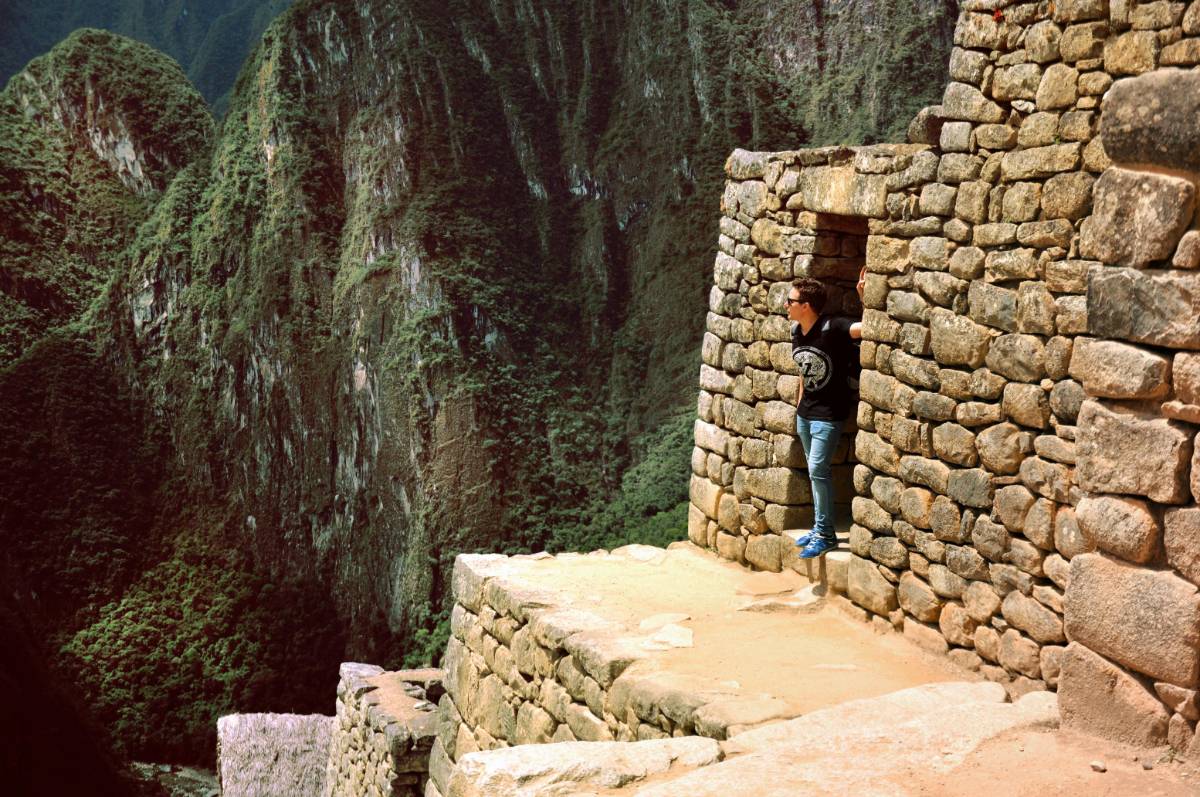
Travel
Exploring Indigenous Cultures: Destinations and Responsible Tourism Tips
By Rahul Sharma
20 Sep 2025

Travel
Why Your Corporate Travel Policy May Be Costing You More Than You Think
By David Thompson
18 Sep 2025

Travel
How to Make the Most of Your Airline Miles – Tips from Travel Experts
By Olivia Mitchell
23 Sep 2025

